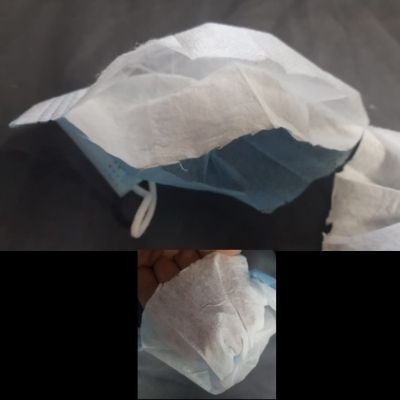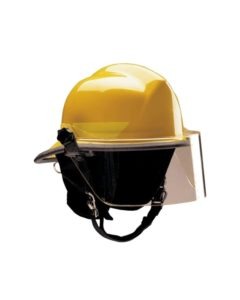-
R4,027.01 Inc Vat
-
R1,777.05 Inc Vat
-
R1,642.52 Inc Vat
-
R646.07 Inc Vat
-
R741.78 Inc Vat
-
R1,141.68 Inc Vat
-
R1,141.68 Inc Vat
-
R719.54 Inc Vat
-
R3,107.34 Inc Vat
-
R2,258.03 Inc Vat
-
R2,174.36 Inc Vat
-
R1,654.72 Inc Vat
-
R1,473.05 Inc Vat
-
R1,137.65 Inc Vat
-
R1,123.32 Inc Vat
-
R11,197.22 – R13,292.38 Inc Vat
-
R3,899.22 Inc Vat
-
R489.90 Inc Vat
-
R1,110.90 Inc Vat
-
R5,948.61 Inc Vat
-
R93.43 Inc Vat
-
R157.87 Inc Vat
-
R157.87 Inc Vat
-
R71.76 Inc Vat
-
R71.76 Inc Vat
-
R31.34 Inc Vat
-
R59.22 Inc Vat
-
Sale!
R2,629.44 Original price was: R2,629.44.R2,598.32Current price is: R2,598.32. Inc Vat
-
Sale!
R2,629.44 Original price was: R2,629.44.R2,598.32Current price is: R2,598.32. Inc Vat
-
Sale!
R4,029.74 Original price was: R4,029.74.R3,998.62Current price is: R3,998.62. Inc Vat
-
R243.53 Inc Vat
-
R9.74 Inc Vat
-
R97.41 Inc Vat







